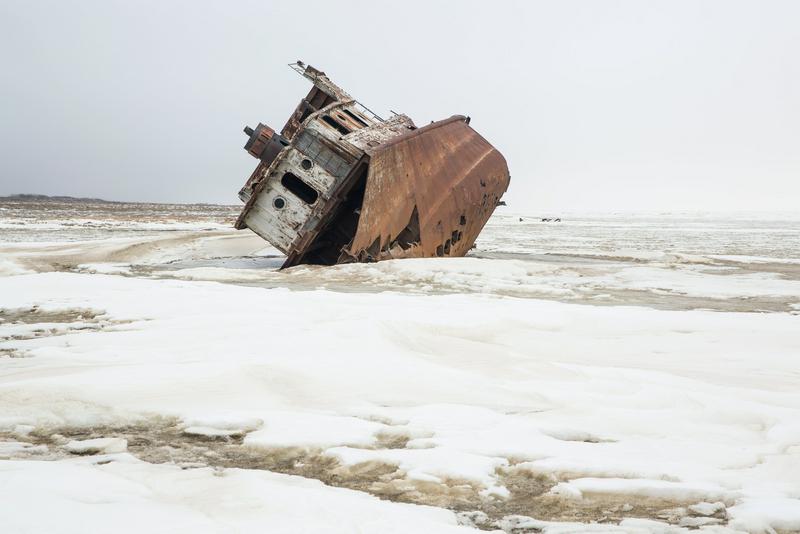The Sea That Once Was
By | August 3, 2019

Not too long ago, the Aral Sea was the fourth-largest body of water in the world. Today what remains is mostly a toxic, desiccated wasteland. In 2010, the United Nations Secretary-General Ban Ki-moon pronounced the Aral as “one of the planet’s worst environmental disasters.” The story of the Aral Sea and its destruction is a cautionary tale of poor decisions and apathy.

Description
The Aral Sea was located in central Asia in today’s Uzbekistan and Kazakhstan although its watershed included Tajikistan, Turkmenistan, Kyrgyzstan. It was fed by two main tributaries, the Syr Darya and the Amu Darya. A shallow sea, it reached a maximum depth of 180 feet but was spread out over 26,000 square miles. It boasted a robust fishing industry and large towns sprung up along the seaside.

A Bad Choice
Since the days of the Czars, Russia which ruled the lands about the Aral had contemplated rerouting the rivers and using them to irrigate the dry surrounding lands. However, it wasn’t until the Soviets that formal plans were drawn up in the 1950s to divert the rivers to water vast crops of cotton, a plant that is one of the most thirsty in agriculture. As the water was routed to land rather than maintain the Aral, the sea began to shrink. This, in turn, increased the salinity of the water which killed off all but the hardiest of species. Some protested, but the Soviet government would not listen. In fact, the Soviets pretty much knew that their actions would doom the Aral.

Desiccation
By 1987, the sea had shrunk into two portions, the North Aral and South Aral. By 2000, 75% of the sea had vanished and its complete demise seemed inevitable. Without water’s moderating influence, the land became more and more desert-like. Great dust storms of dried salt filled the sky and the sea’s once great fishing industry was gone. Large towns that were tourist destinations and centers of the fishing industry such as Aral at the north of the sea were now landlocked. In 2014, the eastern basin of the sea had dried up completely and its name changed to the Aralkum desert.

It Gets Worse
The disaster, however, was worse than just the disappearance of the sea. On the former island of Vozrozhdeniye, the Soviet government had a secret military base that experimented with chemical and biological weapons which included anthrax and smallpox. In fact, in 1971, 10 residents in Aral fell ill with smallpox and three died. The Soviets quarantined the town and staved off an outbreak.
The chemical stores on the island were destroyed on the order of Boris Yeltsin in the 1990s but still live anthrax spores were found on the island in 1999. Tuberculosis, throat cancer, heart disease, anemia, and infant mortality have plagued the region. Pesticides, swept up by the desert winds that have replaced sea breezes, have been found as far away as Greenland and Antarctica.

Restoration Efforts
The sad tale of the Aral does have some hope for it. In the 1990s, Kazakhstan built the Kokaral Dam which stopped any remaining water from bleeding into the larger southern Aral basin. In the north, a living of sorts has returned for fishermen with the Black Sea flounder reviving first followed by perch and carp.
While the dam has restored most of the North Aral Sea, by containing the water there and not allowing it to flow southward has sealed the fate of the much larger South Aral. Now there is only a remnant lake in the west.

A Graveyard
It is unlikely that the Aral Sea will ever fully recover. The watershed crosses too many different nations who want to control the water for their own purposes -- all for their own local positive purposes, but holistically disastrous. Today, the deadlands of the Aralkum Desert are being explored as possible sources of oil.
In the meantime, like bizarre ancient ruins, dead ships litter the desiccated flats of the sea that once was.

